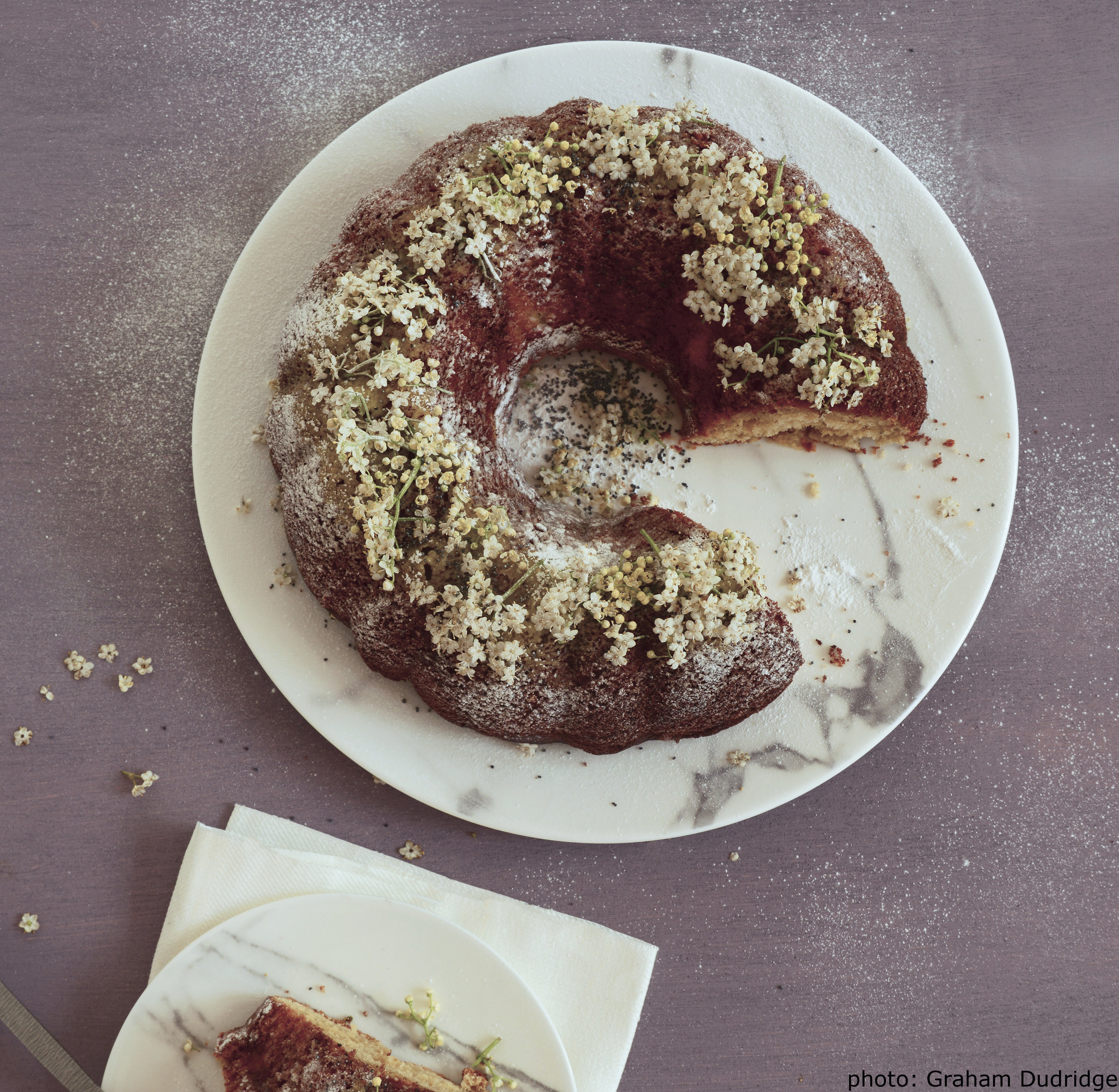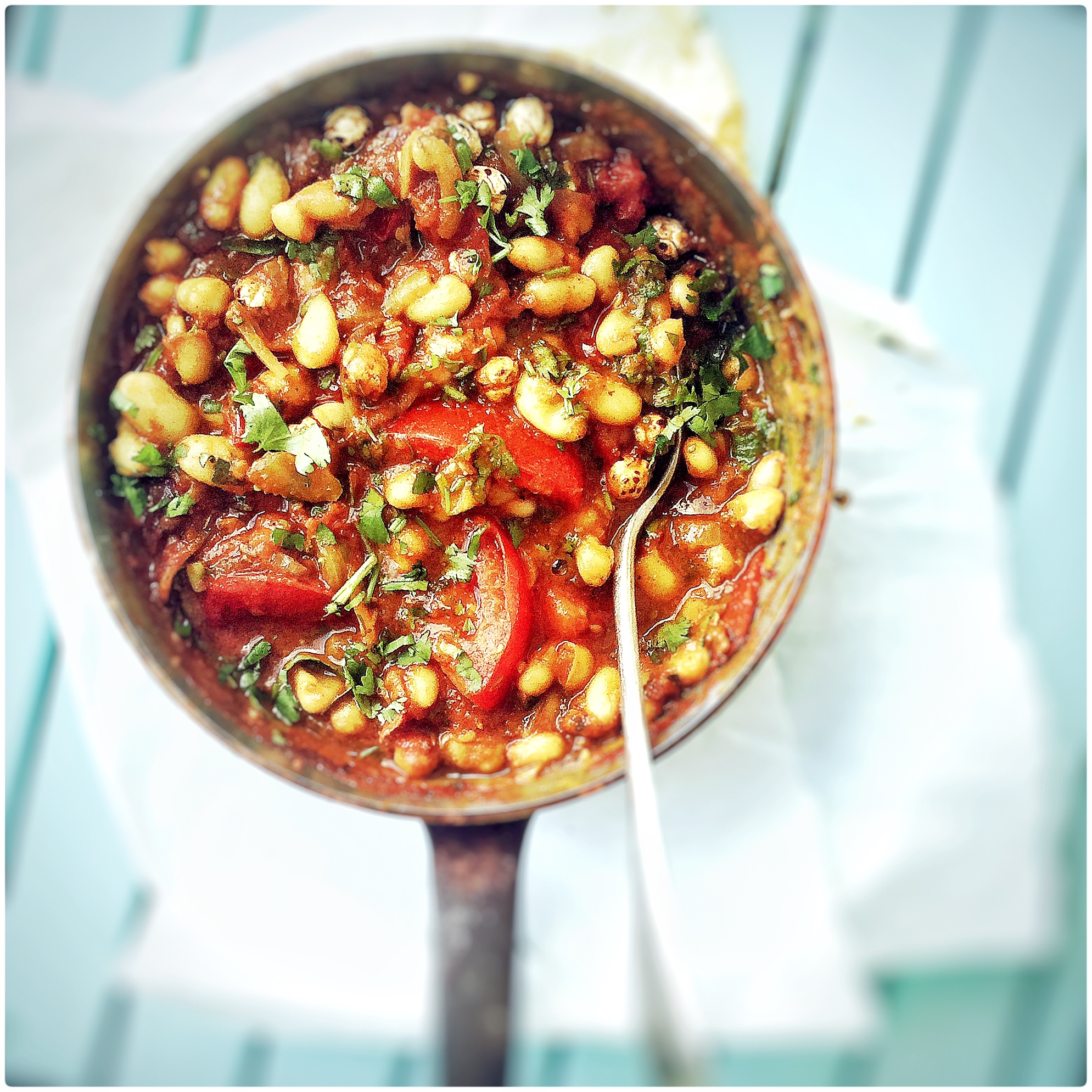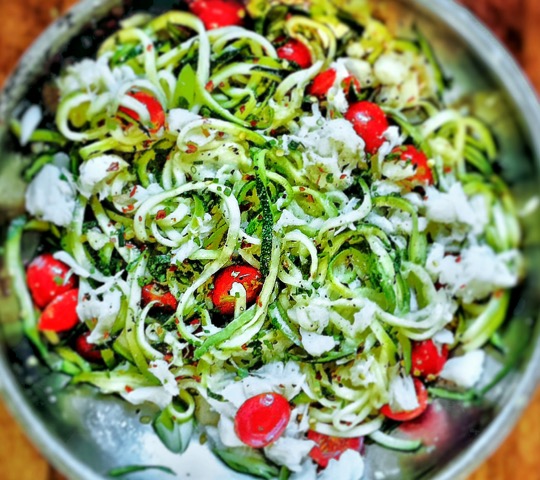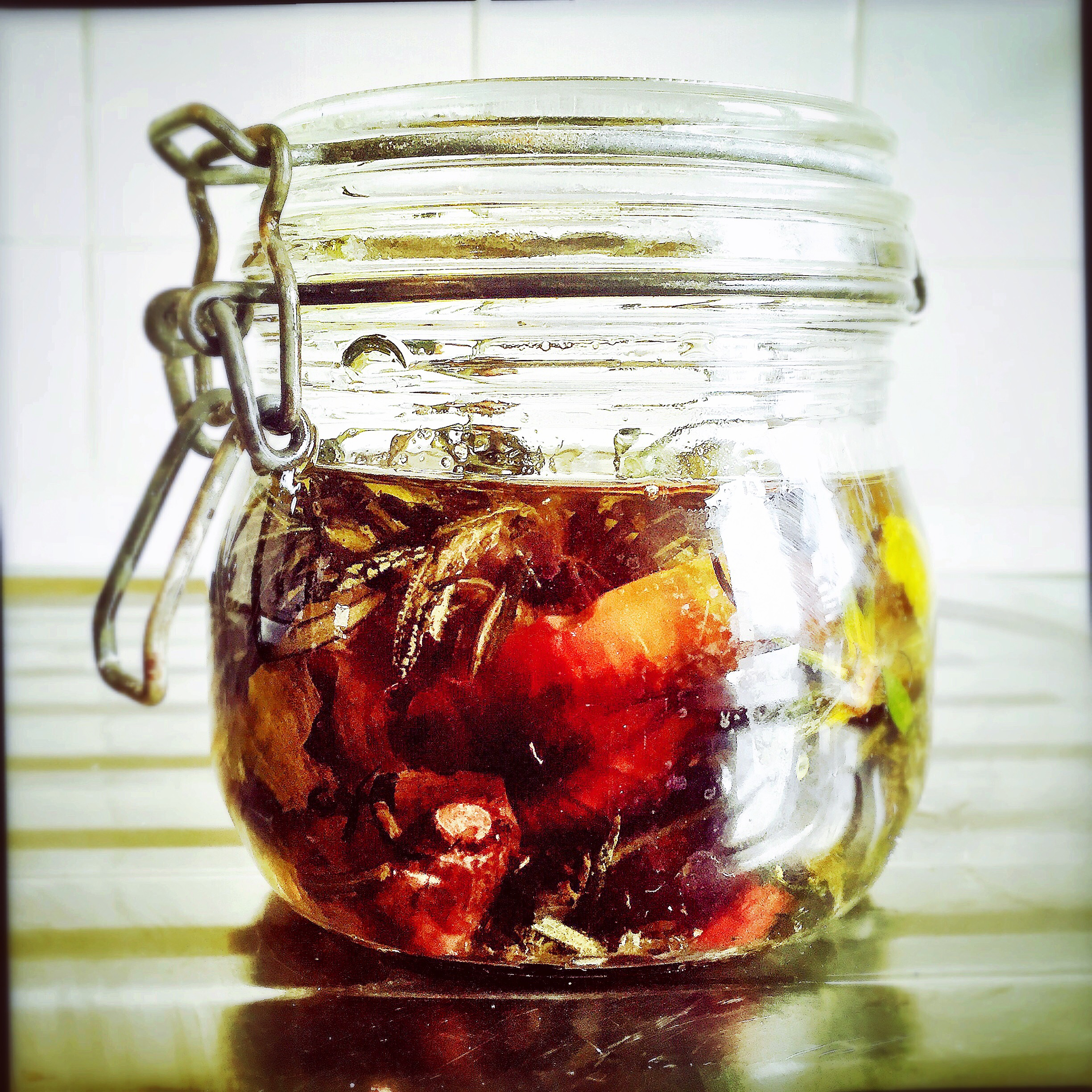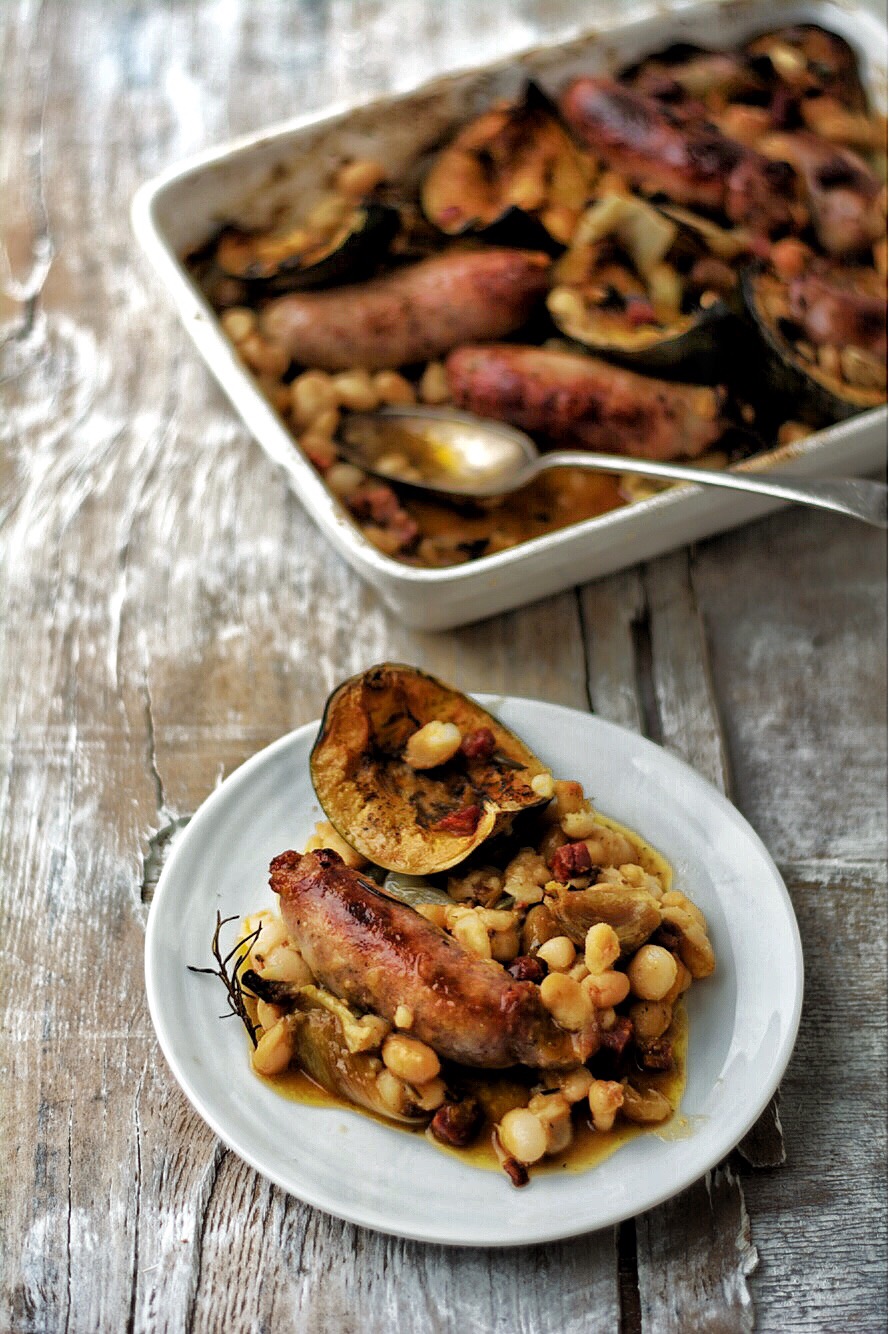 The half term holidays are over and Noah and Maya have been pressed, polished and painted and sent back to school looking less like stig-of-the-dump and more like human children. Quite an achievement, I think.We spent the week in less of a rush than usual, a nice change to the routine and lovely to have the little blighters around more. Tuesday found us bowling. I'm sure it wasn't as obscenely expensive when I was a teenager, trying to look cool in my huge '80s clothes. Maybe it's me, or maybe every activity these days is genuinely out to fleece you for as much as possible. A child in the queue ahead of us had just vomited on the floor by the ticket desk. Whether or not that was excitement, overindulgence, or shock at the cost I'm not sure. The noise, wild-eyed children and flashing lights made me feel like doing the same.And then, 'Kidzania' at Westfield. A theme park where the children can pretend to do adult stuff and come to terms with the pointlessness of life. I think they enjoyed being window cleaners, surgeons, pilots, chocolatiers and chamber maids (Note to self: the last two sounds like a Mills and Boon novel. Possible book pitch?) They are now well prepared for working hard for almost no reward and then being ripped-off in the shops afterwards.The nicest things we did were the most wholesome (and free...). Pumpkin carving in a garden in Dalston, pumpkin carving at home, staying up late to watch Strictly with a big pile of homemade tacos to assemble yourself (spicy chicken, 'rockamoley' as Maya calls it, cajun spiced yoghurt, tomatoes, coriander and grated cheese) and eat on a rug on the floor.We've eaten quite a lot this week, having them around every day. The children helped me make a kind of brioche, poking chocolate buttons into the middle of each dough ball before dusting the top with Danish sugar crystals and chocolate flakes. We made chocolate brownies together too, sticky, gooey, dark and rich – they disappeared in a flash.One evening for supper I unleashed the Monte cristo sandwich on them. Fresh, homemade sourdough slathered in butter and filled with cheese and ham and then fried on the griddle pan. They went in a flash too, I served them with a pile of tarragon and garlic green beans on the side trying to be a little healthy. I had to bribe the children to eat those.Noah's little eyes lit up when I asked him if he'd like a roast chicken on Sunday. I covered it with Parma ham, stuffed it with lemon, garlic and rosemary and served it with red peppers and turmeric roasted potatoes that came out a deep gold, crisp all over, fluffy and light in the middle. We followed this with a rhubarb and apple crumble – the children even helped peel the apples, Bramleys bigger than their little hands could hold. I had to finish the job for them the slackers – it was a perfect Sunday lunch.Midweek, Bee and I ate more chicken, this time with asparagus grilled in Parma ham (I see a theme here) and cooked with mirepoix, haricots, pearl barley, thyme, stock and lemon zest and juice. It was hearty and slightly celebratory feeling for a Wednesday. And on Saturday lunch we had today's recipe: sausages, firm gem squash like hand grenades, cooked to melting softness, chorizo cubes and more haricots. A one pot meal perfect to help you against the cold crisp days now the clocks have gone back and it's dark just after breakfast. All Autumnal and very, very cosy.Ingredients6 nice sausages, a little herby perhaps, but not too muchA tin of haricot beans, drained and rinsedAbout 15cm chorizo, cubedA sprig of rosemary4 banana shallots, peeled and finely sliced4 garlic cloves2 gem squash, quartered300ml water or chicken stockA scattering of pumpkin seedsSalt and pepper to seasonOlive oilMethodHeat the oven to gas 8 or about 190c. Nice and hot, anyway.Brown the sausages in a frying pan with a little oil then add the shallots, garlic and rosemary.Transfer this to a roasting dish and add the remaining ingredients. Mix about a bit and drizzle with some olive oil then season well.Cook in the oven for about 45 minutes, until the squash is soft.Serve with the juices poured over.This week:Read: Still bloody reading Middlemarch. Looks like it will be the middle of March before I finish it.Ate: Fruit kebabs made by the children and each one had a marshmallow in the middle. Delicious. They hate marshmallows it turns out, so I got the lot.Watched: Crawling our way through Fargo series three and the recent Cold Feet. Both are a bit of a struggle to maintain enthusiasm with. Bee's given up on Fargo. It's been early night's and book reading a lot recently, that's how we roll these days.Listened: 'Here's the thing'. Alec Baldwin interviewing Michael Pollan for his podcast.
The half term holidays are over and Noah and Maya have been pressed, polished and painted and sent back to school looking less like stig-of-the-dump and more like human children. Quite an achievement, I think.We spent the week in less of a rush than usual, a nice change to the routine and lovely to have the little blighters around more. Tuesday found us bowling. I'm sure it wasn't as obscenely expensive when I was a teenager, trying to look cool in my huge '80s clothes. Maybe it's me, or maybe every activity these days is genuinely out to fleece you for as much as possible. A child in the queue ahead of us had just vomited on the floor by the ticket desk. Whether or not that was excitement, overindulgence, or shock at the cost I'm not sure. The noise, wild-eyed children and flashing lights made me feel like doing the same.And then, 'Kidzania' at Westfield. A theme park where the children can pretend to do adult stuff and come to terms with the pointlessness of life. I think they enjoyed being window cleaners, surgeons, pilots, chocolatiers and chamber maids (Note to self: the last two sounds like a Mills and Boon novel. Possible book pitch?) They are now well prepared for working hard for almost no reward and then being ripped-off in the shops afterwards.The nicest things we did were the most wholesome (and free...). Pumpkin carving in a garden in Dalston, pumpkin carving at home, staying up late to watch Strictly with a big pile of homemade tacos to assemble yourself (spicy chicken, 'rockamoley' as Maya calls it, cajun spiced yoghurt, tomatoes, coriander and grated cheese) and eat on a rug on the floor.We've eaten quite a lot this week, having them around every day. The children helped me make a kind of brioche, poking chocolate buttons into the middle of each dough ball before dusting the top with Danish sugar crystals and chocolate flakes. We made chocolate brownies together too, sticky, gooey, dark and rich – they disappeared in a flash.One evening for supper I unleashed the Monte cristo sandwich on them. Fresh, homemade sourdough slathered in butter and filled with cheese and ham and then fried on the griddle pan. They went in a flash too, I served them with a pile of tarragon and garlic green beans on the side trying to be a little healthy. I had to bribe the children to eat those.Noah's little eyes lit up when I asked him if he'd like a roast chicken on Sunday. I covered it with Parma ham, stuffed it with lemon, garlic and rosemary and served it with red peppers and turmeric roasted potatoes that came out a deep gold, crisp all over, fluffy and light in the middle. We followed this with a rhubarb and apple crumble – the children even helped peel the apples, Bramleys bigger than their little hands could hold. I had to finish the job for them the slackers – it was a perfect Sunday lunch.Midweek, Bee and I ate more chicken, this time with asparagus grilled in Parma ham (I see a theme here) and cooked with mirepoix, haricots, pearl barley, thyme, stock and lemon zest and juice. It was hearty and slightly celebratory feeling for a Wednesday. And on Saturday lunch we had today's recipe: sausages, firm gem squash like hand grenades, cooked to melting softness, chorizo cubes and more haricots. A one pot meal perfect to help you against the cold crisp days now the clocks have gone back and it's dark just after breakfast. All Autumnal and very, very cosy.Ingredients6 nice sausages, a little herby perhaps, but not too muchA tin of haricot beans, drained and rinsedAbout 15cm chorizo, cubedA sprig of rosemary4 banana shallots, peeled and finely sliced4 garlic cloves2 gem squash, quartered300ml water or chicken stockA scattering of pumpkin seedsSalt and pepper to seasonOlive oilMethodHeat the oven to gas 8 or about 190c. Nice and hot, anyway.Brown the sausages in a frying pan with a little oil then add the shallots, garlic and rosemary.Transfer this to a roasting dish and add the remaining ingredients. Mix about a bit and drizzle with some olive oil then season well.Cook in the oven for about 45 minutes, until the squash is soft.Serve with the juices poured over.This week:Read: Still bloody reading Middlemarch. Looks like it will be the middle of March before I finish it.Ate: Fruit kebabs made by the children and each one had a marshmallow in the middle. Delicious. They hate marshmallows it turns out, so I got the lot.Watched: Crawling our way through Fargo series three and the recent Cold Feet. Both are a bit of a struggle to maintain enthusiasm with. Bee's given up on Fargo. It's been early night's and book reading a lot recently, that's how we roll these days.Listened: 'Here's the thing'. Alec Baldwin interviewing Michael Pollan for his podcast.


 The half term holidays are over and Noah and Maya have been pressed, polished and painted and sent back to school looking less like stig-of-the-dump and more like human children. Quite an achievement, I think.We spent the week in less of a rush than usual, a nice change to the routine and lovely to have the little blighters around more. Tuesday found us bowling. I'm sure it wasn't as obscenely expensive when I was a teenager, trying to look cool in my huge '80s clothes. Maybe it's me, or maybe every activity these days is genuinely out to fleece you for as much as possible. A child in the queue ahead of us had just vomited on the floor by the ticket desk. Whether or not that was excitement, overindulgence, or shock at the cost I'm not sure. The noise, wild-eyed children and flashing lights made me feel like doing the same.And then, 'Kidzania' at Westfield. A theme park where the children can pretend to do adult stuff and come to terms with the pointlessness of life. I think they enjoyed being window cleaners, surgeons, pilots, chocolatiers and chamber maids (Note to self: the last two sounds like a Mills and Boon novel. Possible book pitch?) They are now well prepared for working hard for almost no reward and then being ripped-off in the shops afterwards.The nicest things we did were the most wholesome (and free...). Pumpkin carving in a garden in Dalston, pumpkin carving at home, staying up late to watch Strictly with a big pile of homemade tacos to assemble yourself (spicy chicken, 'rockamoley' as Maya calls it, cajun spiced yoghurt, tomatoes, coriander and grated cheese) and eat on a rug on the floor.We've eaten quite a lot this week, having them around every day. The children helped me make a kind of brioche, poking chocolate buttons into the middle of each dough ball before dusting the top with Danish sugar crystals and chocolate flakes. We made chocolate brownies together too, sticky, gooey, dark and rich – they disappeared in a flash.One evening for supper I unleashed the
The half term holidays are over and Noah and Maya have been pressed, polished and painted and sent back to school looking less like stig-of-the-dump and more like human children. Quite an achievement, I think.We spent the week in less of a rush than usual, a nice change to the routine and lovely to have the little blighters around more. Tuesday found us bowling. I'm sure it wasn't as obscenely expensive when I was a teenager, trying to look cool in my huge '80s clothes. Maybe it's me, or maybe every activity these days is genuinely out to fleece you for as much as possible. A child in the queue ahead of us had just vomited on the floor by the ticket desk. Whether or not that was excitement, overindulgence, or shock at the cost I'm not sure. The noise, wild-eyed children and flashing lights made me feel like doing the same.And then, 'Kidzania' at Westfield. A theme park where the children can pretend to do adult stuff and come to terms with the pointlessness of life. I think they enjoyed being window cleaners, surgeons, pilots, chocolatiers and chamber maids (Note to self: the last two sounds like a Mills and Boon novel. Possible book pitch?) They are now well prepared for working hard for almost no reward and then being ripped-off in the shops afterwards.The nicest things we did were the most wholesome (and free...). Pumpkin carving in a garden in Dalston, pumpkin carving at home, staying up late to watch Strictly with a big pile of homemade tacos to assemble yourself (spicy chicken, 'rockamoley' as Maya calls it, cajun spiced yoghurt, tomatoes, coriander and grated cheese) and eat on a rug on the floor.We've eaten quite a lot this week, having them around every day. The children helped me make a kind of brioche, poking chocolate buttons into the middle of each dough ball before dusting the top with Danish sugar crystals and chocolate flakes. We made chocolate brownies together too, sticky, gooey, dark and rich – they disappeared in a flash.One evening for supper I unleashed the 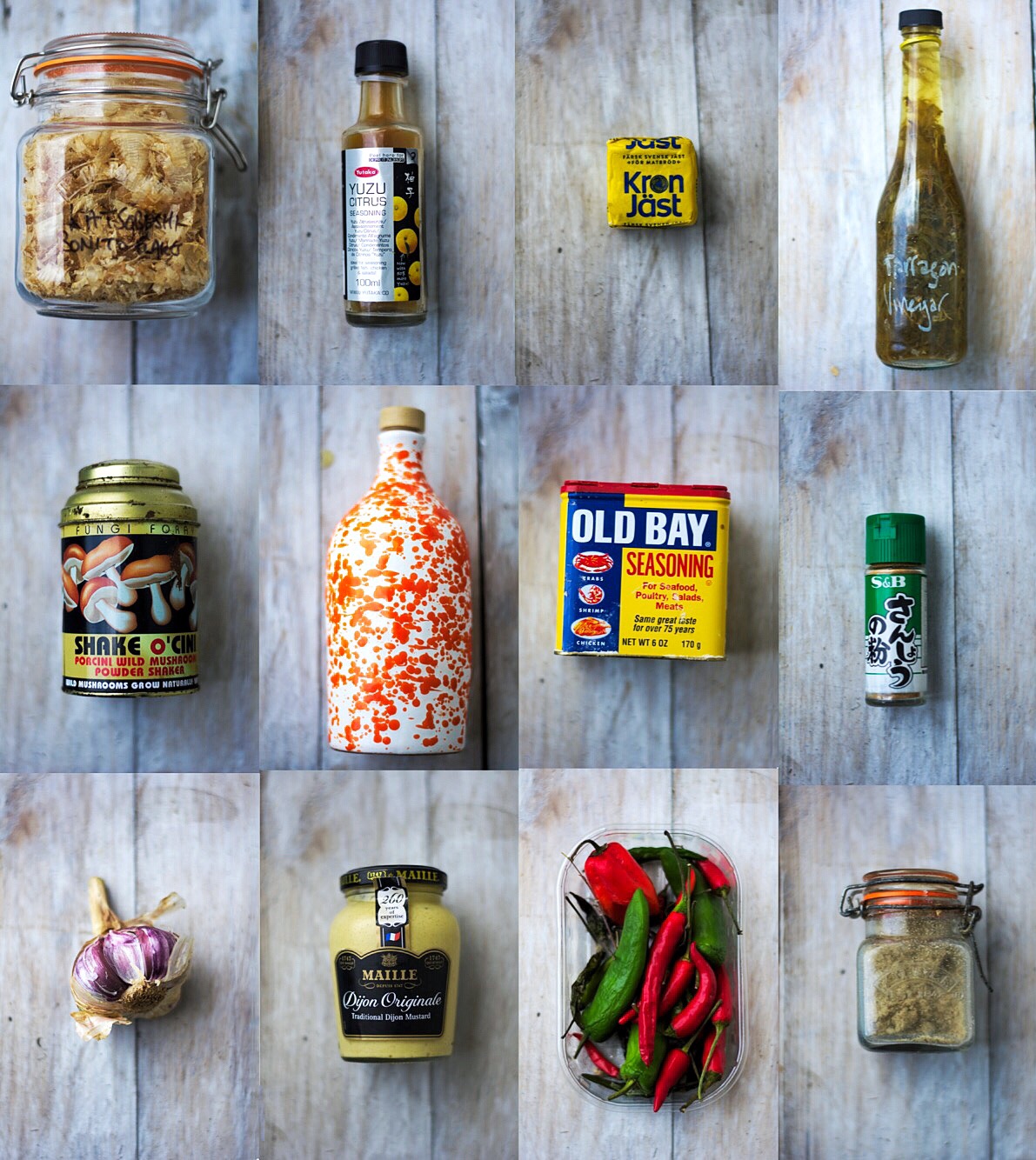

 I'm not sure how at the end of every day the house looks as if we've been running an army field kitchen, the laundry basket has repopulated itself as if the clothes love each other very much. And dust tumbleweeds seem to have blown in from the American Midwest.The children only get home from after school club after five in the evening so that gives them two hours to wreak Armageddon. And that's not even mentioning their ability to remove every single toy, book, pen and loom band from their room in the search for a single piece of Lego or suchlike.And among all this we need to eat. I've been getting back after long days shooting this week, so meals have been as simple as possible. Tuesday was baked potato with cheese and a salad. One evening we had grilled peach, mozzarella and mixed leaves. Another, rare for us, was a horrible Thai takeaway, which was a mistake and reinforced our belief that takeaways are generally disappointing, best avoided and it's much quicker to even just have some spaghetti with butter and cheese. Never again. I'd rather just have ham and egg on toast.The best meal this week was asparagus pasta. Maya and I made fresh tagliatelle on the weekend and there was plenty left over. Obviously, for this to be a quick meal, you need to have the pasta made or bought. Up to you.The asparagus, first blanched then grilled on a skillet, dressed with lemon juice, parsley, good olive oil and toasted almond flakes was tossed through the pasta with shards of Parma ham, cooked until crisp and then shattered. A handful of Parmesan cheese grated over, a twist of pepper, a pinch more of Maldon salt and another drizzle of oil and we eat. As shattered as the ham.Ingredients for twoA bunch of asparagus tipsZest and juice of a lemonAbout 4-6 slices of Parma hamA handful of parsley (flat leaf or curly, up to you)Excellent olive oil (it really does make a difference)A handful of flaked almonds200g fresh tagliatelle (or dry, or other long pasta)MethodBlanch the asparagus for a minute in boiling water then drain and season.Heat the skillet until very hot, dress the asparagus in a little olive oil and char until stripy. Keep warm somewhere.Cook the pasta in boiling, heavily salted water until al dente then drain and dress with more olive oil (It's good for you) in a large bowl. Meanwhile, crisp the ham on the skillet and toast the almonds, perhaps in a dry frying pan if there's no space.Chop the parsley, mix everything together in the bowl, season again to taste and serve.
I'm not sure how at the end of every day the house looks as if we've been running an army field kitchen, the laundry basket has repopulated itself as if the clothes love each other very much. And dust tumbleweeds seem to have blown in from the American Midwest.The children only get home from after school club after five in the evening so that gives them two hours to wreak Armageddon. And that's not even mentioning their ability to remove every single toy, book, pen and loom band from their room in the search for a single piece of Lego or suchlike.And among all this we need to eat. I've been getting back after long days shooting this week, so meals have been as simple as possible. Tuesday was baked potato with cheese and a salad. One evening we had grilled peach, mozzarella and mixed leaves. Another, rare for us, was a horrible Thai takeaway, which was a mistake and reinforced our belief that takeaways are generally disappointing, best avoided and it's much quicker to even just have some spaghetti with butter and cheese. Never again. I'd rather just have ham and egg on toast.The best meal this week was asparagus pasta. Maya and I made fresh tagliatelle on the weekend and there was plenty left over. Obviously, for this to be a quick meal, you need to have the pasta made or bought. Up to you.The asparagus, first blanched then grilled on a skillet, dressed with lemon juice, parsley, good olive oil and toasted almond flakes was tossed through the pasta with shards of Parma ham, cooked until crisp and then shattered. A handful of Parmesan cheese grated over, a twist of pepper, a pinch more of Maldon salt and another drizzle of oil and we eat. As shattered as the ham.Ingredients for twoA bunch of asparagus tipsZest and juice of a lemonAbout 4-6 slices of Parma hamA handful of parsley (flat leaf or curly, up to you)Excellent olive oil (it really does make a difference)A handful of flaked almonds200g fresh tagliatelle (or dry, or other long pasta)MethodBlanch the asparagus for a minute in boiling water then drain and season.Heat the skillet until very hot, dress the asparagus in a little olive oil and char until stripy. Keep warm somewhere.Cook the pasta in boiling, heavily salted water until al dente then drain and dress with more olive oil (It's good for you) in a large bowl. Meanwhile, crisp the ham on the skillet and toast the almonds, perhaps in a dry frying pan if there's no space.Chop the parsley, mix everything together in the bowl, season again to taste and serve.
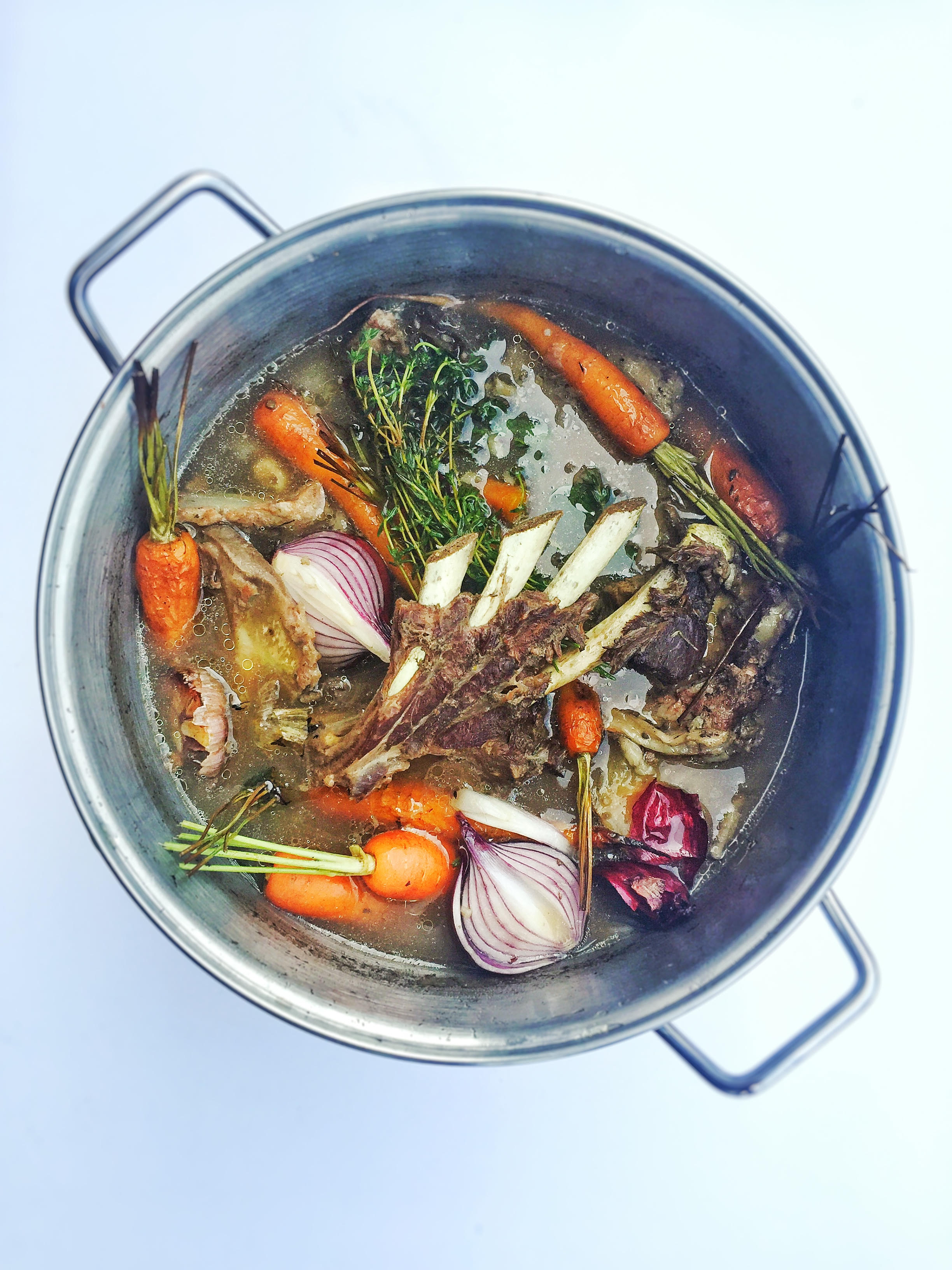 When I worked in the restaurant, every afternoon we made big simmering vats of stock which we would then reduce overnight. Each time, we would peel and halve kilos of onions, throw in countless chicken carcasses and pigs feet, top and tail sacks of carrots before peeling them then leave the lot to gently poach for hours. This was not a one person job. Nor was it a particularly fragrant one, either. I'm grateful I didn't have to sit next to myself on the train home.Bee complains about the smell whenever I make stock at home. Generally, it's only chicken based, but occasionally I get a few bags of bones from the butcher and return to the restaurant method to make a deep, rich broth, meaty and gelatinous and full of flavour. For me, the smell of stock cooking is comforting, homely and cosy. It speaks of the nourishing meals to come, from ragùs to Thai broths, fancy sauces to simple soups.All you need to do is get the largest and deepest pan you have, get a load of bones from your butcher as well as plenty of carrots and onions (peeled) and throw them all in. Cover with water, bring to the boil and let simmer for at least six hours. Add some herbs such as thyme, rosemary and bay for the last hour or so then leave to cool. You can use it now if you like, (strained) but I prefer to add another stage just to really concentrate the flavours:The next day (unless you fancy doing it right away, up to you), remove all the bones and vegetables, throw them out and strain the stock back into the pan.Bring to the boil for ten minutes then simmer until reduced by about half. Let it cool then cover and put in the fridge. It freezes well, so if you have plenty you may want to do this. If not, it should keep for about five days. It may seem like a long process, but I promise your gravy will be amazing.
When I worked in the restaurant, every afternoon we made big simmering vats of stock which we would then reduce overnight. Each time, we would peel and halve kilos of onions, throw in countless chicken carcasses and pigs feet, top and tail sacks of carrots before peeling them then leave the lot to gently poach for hours. This was not a one person job. Nor was it a particularly fragrant one, either. I'm grateful I didn't have to sit next to myself on the train home.Bee complains about the smell whenever I make stock at home. Generally, it's only chicken based, but occasionally I get a few bags of bones from the butcher and return to the restaurant method to make a deep, rich broth, meaty and gelatinous and full of flavour. For me, the smell of stock cooking is comforting, homely and cosy. It speaks of the nourishing meals to come, from ragùs to Thai broths, fancy sauces to simple soups.All you need to do is get the largest and deepest pan you have, get a load of bones from your butcher as well as plenty of carrots and onions (peeled) and throw them all in. Cover with water, bring to the boil and let simmer for at least six hours. Add some herbs such as thyme, rosemary and bay for the last hour or so then leave to cool. You can use it now if you like, (strained) but I prefer to add another stage just to really concentrate the flavours:The next day (unless you fancy doing it right away, up to you), remove all the bones and vegetables, throw them out and strain the stock back into the pan.Bring to the boil for ten minutes then simmer until reduced by about half. Let it cool then cover and put in the fridge. It freezes well, so if you have plenty you may want to do this. If not, it should keep for about five days. It may seem like a long process, but I promise your gravy will be amazing.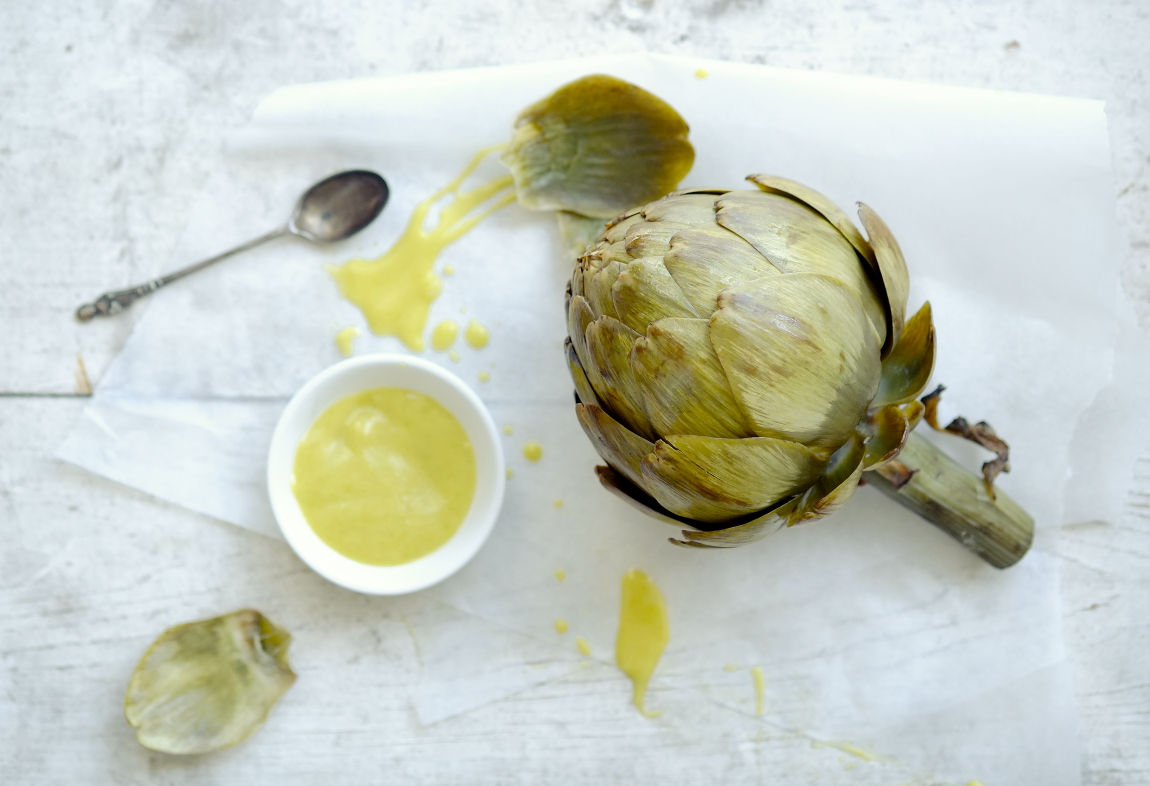 An unseemly noise for a teenager, let alone a human came from me when I first dipped the leathery leaf of an artichoke into a mustardy vinaigrette in Brasserie Le Linois, Place Charles Michels.Usually, it's difficult if not impossible to recreate those dishes from memories of the past in a foreign country. The smells, the sounds, the air all colour our memories and we are destined to be disappointed. But fear not! The artichoke doesn't suffer from this problem. It tastes the same to me now, dipped in that dressing as it did all those years ago.How does this happen I imagine myself hearing you ask? I have no idea, but being May, and them appearing in my greengrocer I'm not going to ask too many questions.You can cook them in simmering water, covered for 30-45 minutes depending on their size, or, if you are desperate for your hit, they do just as well in the microwave, wrapped in clingfilm for about ten. I prefer simmering them though, you can add aromatic flavours to the cooking water.To the water, add 2 fresh bay leaves, a tablespoon of peppercorns, a large splash of tarragon vinegar (or plain white wine vinegar if you prefer) and some salt. Bring the water and artichoke to the boil, then simmer until cooked, that is, when the leaves come away easily.Leave it to cool a little and eat slightly warm dipped in vinaigrette made by whisking together one tablespoon of Dijon mustard, a pinch of salt, two tablespoons of tarragon cider vinegar (or again, plain) then slowly incorporating about ten tablespoons of olive oil. Use less if you prefer a sharper dressing.Pull the leaves from the globe, dip them in and tease off the flesh into your mouth as you remember your long lost youth...
An unseemly noise for a teenager, let alone a human came from me when I first dipped the leathery leaf of an artichoke into a mustardy vinaigrette in Brasserie Le Linois, Place Charles Michels.Usually, it's difficult if not impossible to recreate those dishes from memories of the past in a foreign country. The smells, the sounds, the air all colour our memories and we are destined to be disappointed. But fear not! The artichoke doesn't suffer from this problem. It tastes the same to me now, dipped in that dressing as it did all those years ago.How does this happen I imagine myself hearing you ask? I have no idea, but being May, and them appearing in my greengrocer I'm not going to ask too many questions.You can cook them in simmering water, covered for 30-45 minutes depending on their size, or, if you are desperate for your hit, they do just as well in the microwave, wrapped in clingfilm for about ten. I prefer simmering them though, you can add aromatic flavours to the cooking water.To the water, add 2 fresh bay leaves, a tablespoon of peppercorns, a large splash of tarragon vinegar (or plain white wine vinegar if you prefer) and some salt. Bring the water and artichoke to the boil, then simmer until cooked, that is, when the leaves come away easily.Leave it to cool a little and eat slightly warm dipped in vinaigrette made by whisking together one tablespoon of Dijon mustard, a pinch of salt, two tablespoons of tarragon cider vinegar (or again, plain) then slowly incorporating about ten tablespoons of olive oil. Use less if you prefer a sharper dressing.Pull the leaves from the globe, dip them in and tease off the flesh into your mouth as you remember your long lost youth...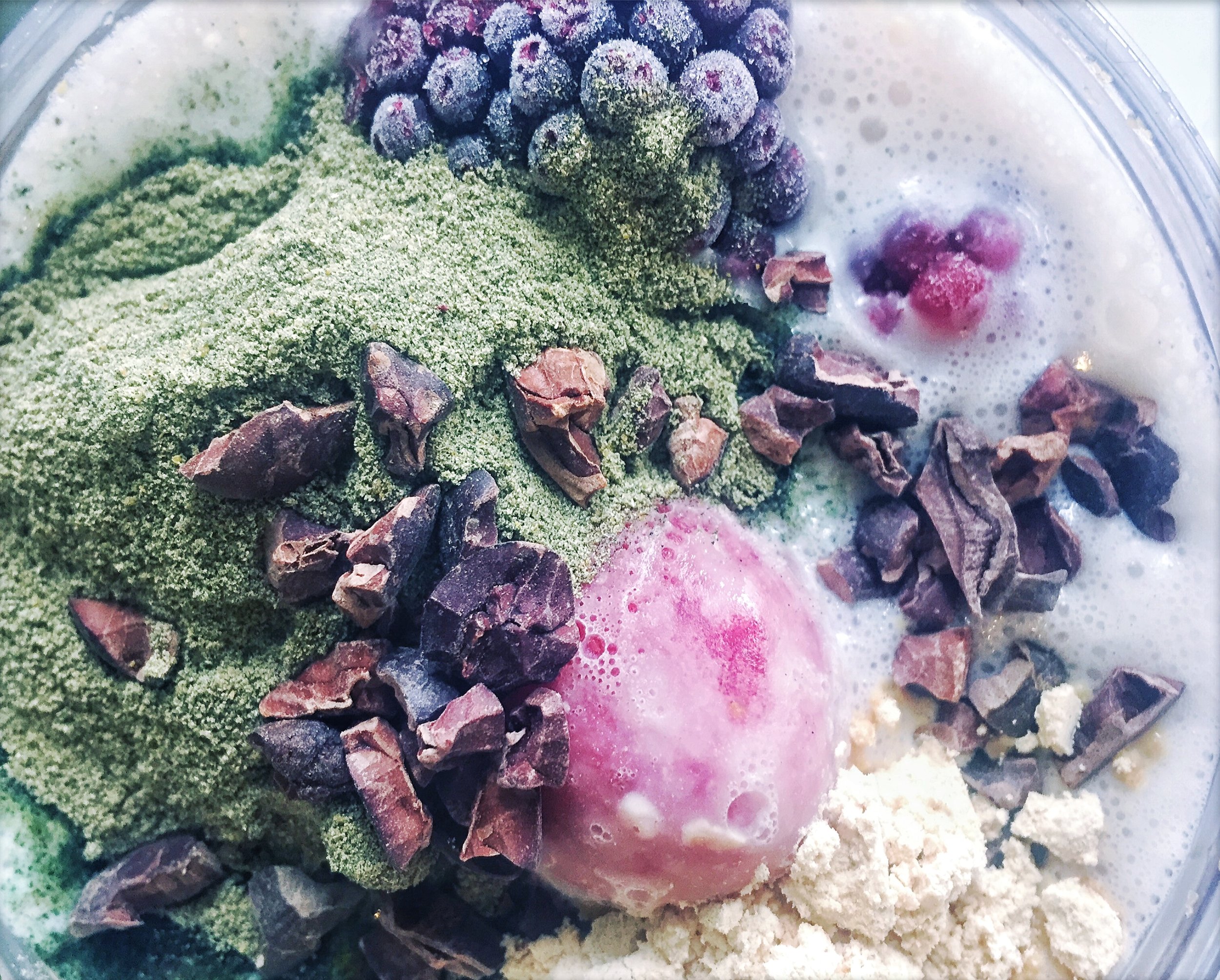
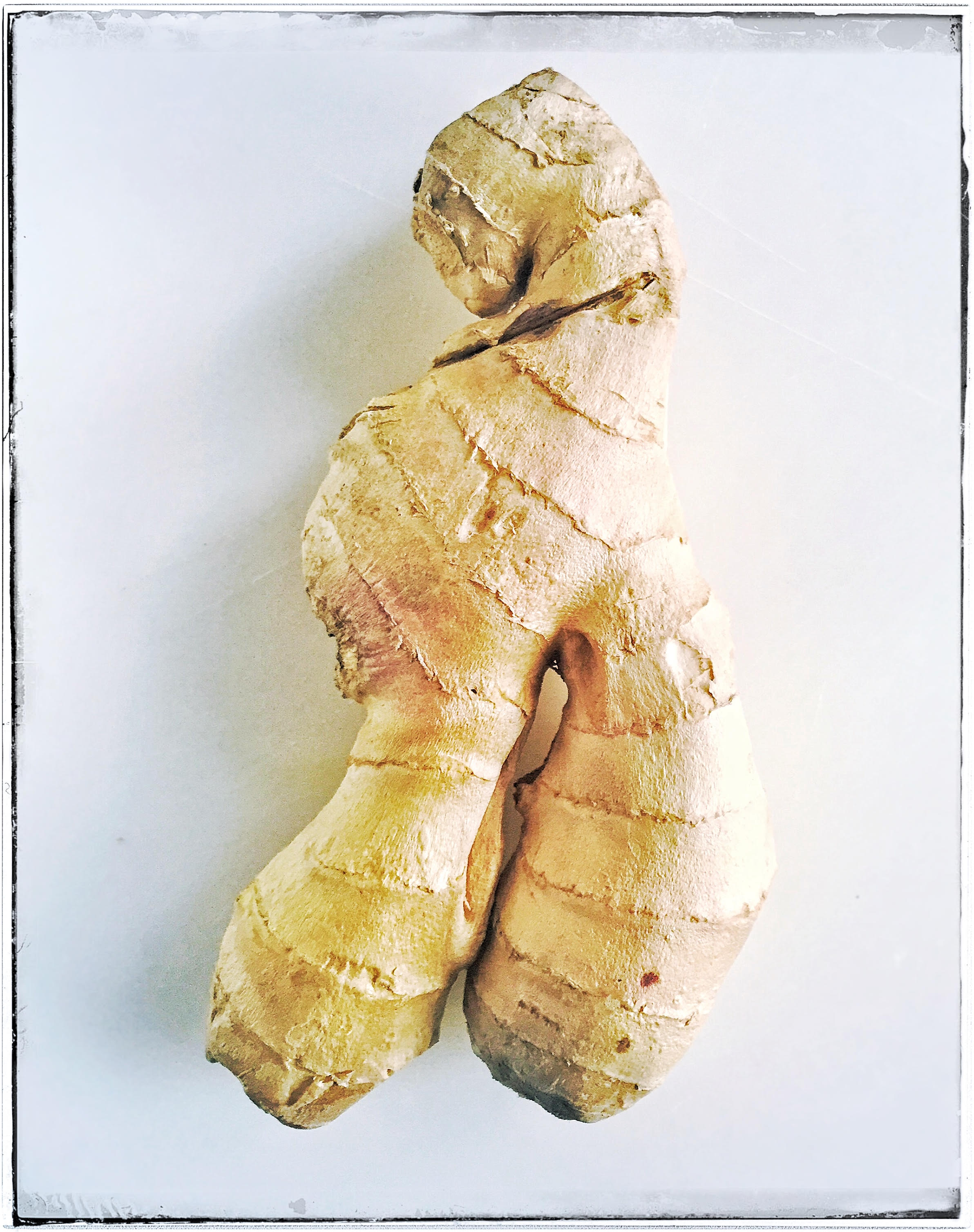 I'll explain the ginger later, but this week, we have decided to stop eating refined carbs and sugar for the foreseeable future. So I did what any sane person would and have stuffed my face full of cake, crumpets, pancakes, sandwiches, potatoes in their various, seductive guises, ice cream and chocolate. I thoroughly enjoyed it, although my stomach may have had a few complaints.In my daily life working with food, I often munch and graze my way through the day like a goat eating a coat sleeve just because it's there. And while a lot of the recipes are not too unhealthy, when you combine that with three meals a day it's easy to see why my clothes from ten years ago have inexplicably shrunk.When I'm out, I find it very difficult to buy food on the go that isn't stodgy and carb heavy. Now, I think hard about snacks and what I'm eating. It's shocking how much rubbish food we buy. I'm not going to turn into a health nut, but I feel excited by the thought of returning to eating how we were designed to. I will, on occasion, allow myself to revel in a burger, or have a great pile of steamed basmati rice with a curry, or some silken home-made pasta with ragu in a seaside Italian restaurant, or hot, salty chips with vinegar on the beach. I'm not a freak.So, I've stunk the house out with chicken stocks and chinese spices bubbling away in mysterious pots. I've worried about where I can store all the veg in addition to the fruit and veg I was already buying for my morning Nutribullet. These days, a liquid breakfast or lunch means a very different thing... Breakfast this morning, as an aside, was some sliced roast pork from the weekend, two fried eggs and a pile of steamed spinach with herb salt and chilli flakes. It took a little while longer than toast, but not much.This week, apart from the soups and stocks, and leftover meat, I am making a batch of ginger beer. My usual brand, 'Granny Steads' has sugar in it. And while I love its warming ginger heat, it's time to say goodbye. I'll use date syrup in this one. Adjust the quantities as you see fit. Bottoms up! (and with hope, smaller too...)Ingredients:2 large ginger roots, scrubbed and grated2tbsp date syrup250ml water1tsp yeast1 small red chilli1tsp turmericJuice of up to one lemon2l waterMethod:Heat the ginger, syrup, chilli, turmeric and water in a pan until just below the boil, simmer for a few minutes then turn off and leave to cool completely.Strain the syrup and add the yeast. Divide between two litre bottles and fill up with water (I'd use plastic ones at this point, just until you're ready to decant into glass and store in the fridge. You don't want to risk having to redecorate the kitchen. Add the lemon juice and shake well.Leave these for a week at room temperature, checking occasionally for excess gas buildup then transfer to glass bottles in the fridge. This will stop any further fermentation.
I'll explain the ginger later, but this week, we have decided to stop eating refined carbs and sugar for the foreseeable future. So I did what any sane person would and have stuffed my face full of cake, crumpets, pancakes, sandwiches, potatoes in their various, seductive guises, ice cream and chocolate. I thoroughly enjoyed it, although my stomach may have had a few complaints.In my daily life working with food, I often munch and graze my way through the day like a goat eating a coat sleeve just because it's there. And while a lot of the recipes are not too unhealthy, when you combine that with three meals a day it's easy to see why my clothes from ten years ago have inexplicably shrunk.When I'm out, I find it very difficult to buy food on the go that isn't stodgy and carb heavy. Now, I think hard about snacks and what I'm eating. It's shocking how much rubbish food we buy. I'm not going to turn into a health nut, but I feel excited by the thought of returning to eating how we were designed to. I will, on occasion, allow myself to revel in a burger, or have a great pile of steamed basmati rice with a curry, or some silken home-made pasta with ragu in a seaside Italian restaurant, or hot, salty chips with vinegar on the beach. I'm not a freak.So, I've stunk the house out with chicken stocks and chinese spices bubbling away in mysterious pots. I've worried about where I can store all the veg in addition to the fruit and veg I was already buying for my morning Nutribullet. These days, a liquid breakfast or lunch means a very different thing... Breakfast this morning, as an aside, was some sliced roast pork from the weekend, two fried eggs and a pile of steamed spinach with herb salt and chilli flakes. It took a little while longer than toast, but not much.This week, apart from the soups and stocks, and leftover meat, I am making a batch of ginger beer. My usual brand, 'Granny Steads' has sugar in it. And while I love its warming ginger heat, it's time to say goodbye. I'll use date syrup in this one. Adjust the quantities as you see fit. Bottoms up! (and with hope, smaller too...)Ingredients:2 large ginger roots, scrubbed and grated2tbsp date syrup250ml water1tsp yeast1 small red chilli1tsp turmericJuice of up to one lemon2l waterMethod:Heat the ginger, syrup, chilli, turmeric and water in a pan until just below the boil, simmer for a few minutes then turn off and leave to cool completely.Strain the syrup and add the yeast. Divide between two litre bottles and fill up with water (I'd use plastic ones at this point, just until you're ready to decant into glass and store in the fridge. You don't want to risk having to redecorate the kitchen. Add the lemon juice and shake well.Leave these for a week at room temperature, checking occasionally for excess gas buildup then transfer to glass bottles in the fridge. This will stop any further fermentation.

